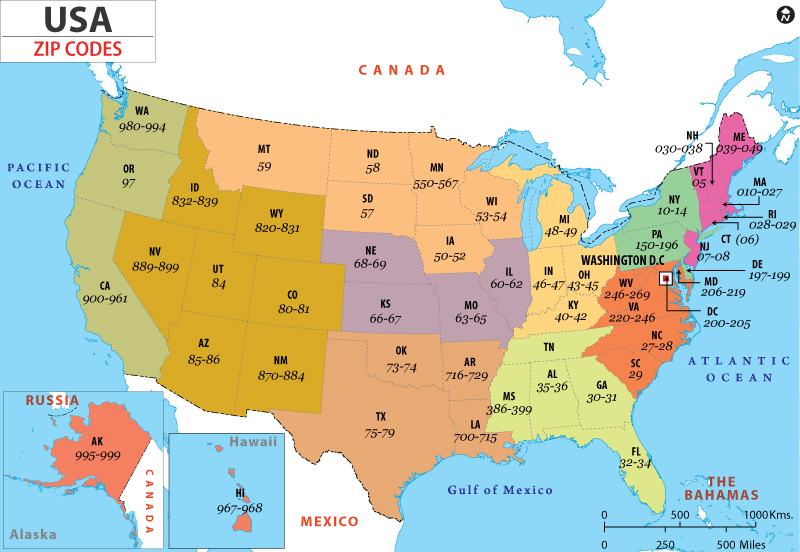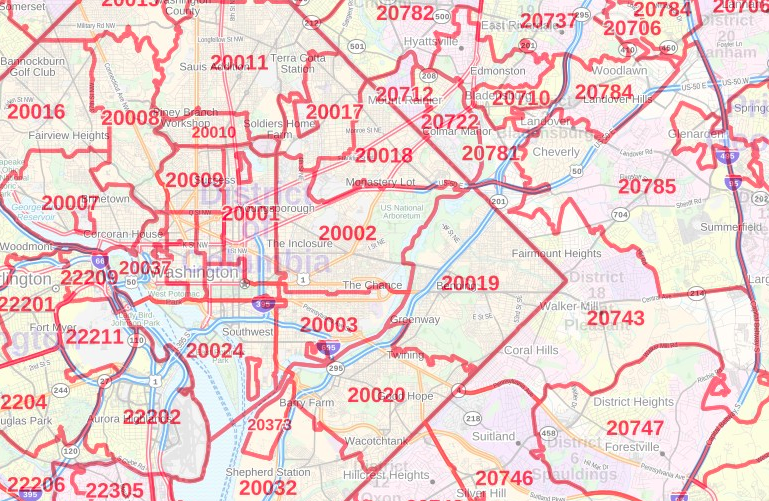

Census ZCTAs assign to each census block the most frequently occurring ZIP code for all addresses contained within the block. Therefore, census blocks near the edge of ZCTAs are commonly split between ZIP codes. The trouble, however, is that while census blocks use streets as edge boundaries, postal delivery routes generally service both sides of a single street. The Census has created ZIP Code Tabulation Areas (ZCTAs) to provide an “interpolated” representation of ZIP code boundaries in order to supply census data at these “familiar” geographies. And it goes without saying… census tracts and other areal units used for statistical data collection do not reliably match up with ZIP code regions. In some cases ZIP codes cross state, county, and municipal boundaries. Since ZIP codes are defined to make mail delivery more efficient, there is little consideration for how geographic boundaries might line up with existing political and administrative designations. SO, WHAT DOES THIS MEAN FOR DATA MAPPING? Even more problematically, ZIP codes change – but more on that later. In other words, it is fairly difficult to create a truly representative map, and the maps of ZIP codes that do exist are not comprehensive. So, ZIP code boundaries can therefore be non-contiguous, undefined, or non-existent. PO boxes are located at the post office itself unique codes refer to individual addresses US military bases overseas have a domestic mailing address and standard codes designate everything else (i.e. There are four primary types of ZIP codes: PO Box, Unique, Military, and Standard. ZIP codes that do represent a physical area are typically just mail delivery routes – meaning that you could have a ZIP code within another ZIP code.

Similarly, any high-volume recipient can have its own unique ZIP code, such as corporate headquarters, government agencies, or large institutions. The best example of this “placeless” designation is the US Navy, which has its own ZIP code, but no permanent location. a street address or Post Office), rather than any defined bounding region.

ZIPs are actually designations identifying the point of delivery (i.e. As we also mentioned previously, although ZIP codes were enumerated based on regional sorting facilities, geographic boundaries do not technically exist. We introduced in the last post how ZIP codes were first introduced in the 1960s and how they were developed to help the Postal Service improve nationwide mail distribution. WHAT MORE COULD THERE BE TO KNOW ABOUT ZIPS?


 0 kommentar(er)
0 kommentar(er)
